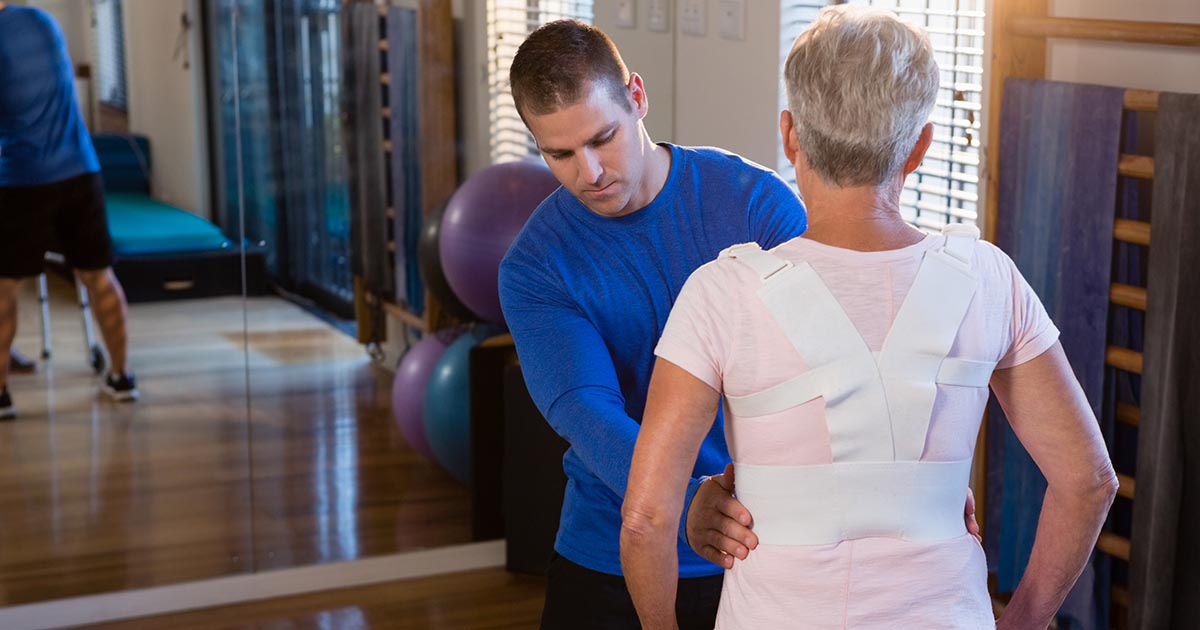Guide To Reducing Joint Pain
Nearly everyone experiences some kind of joint pain during their life, as there are a variety of injuries and illnesses that can lead to joint pain, some of which resolve on their own. For example, if an individual's joints hurt because they overused them playing sports, the injury should heal within a few weeks of rest. Conditions like arthritis, of which there are one hundred types, can also lead to joint pain, though different kinds of arthritis act in different ways. Some types of arthritis cause degradation of the joints and bones making up joints.
When it comes down to it, the remedies for alleviating joint pain do somewhat depend on the cause. But with this in mind, get familiar with some of the commonly cited remedies for reducing joint pain now.
Rest And Ice The Joint

One of the first recommended courses of action to reduce joint pain is to rest and ice the joint. This is often recommended for both arthritis pain and injuries. It should be noted, though, resting joints affected by arthritis too much can sometimes make it harder to start moving them again. Overuse injuries occur when individuals use one or more of their joints too much. This usually occurs when individuals perform repetitive motions at work, school, or playing sports. Individuals who lift heavy objects over their heads are more susceptible to shoulder joint injuries, while different sports can increase someone's chances of developing tennis elbow.
In any case, rest and ice are key! To ice a joint, individuals should wrap a bag or cloth around frozen items like sponges, vegetables, or plain ice cubes. They should press the ice pack to the injured area for ten to twenty minutes at a time. They should be sure, however, to not use ice excessively, and not press ice cubes directly against their skin.
Read more about alleviating joint pain now.
Alternate Types Of Exercise

When individuals work out, they should always alternate the types of exercise they do. If individuals perform repetitive sets of motions day after day, their joints are more likely to become strained. Instead, individuals should target different muscle groups and joints on different days. Exercise is also good for arthritis patients, but they should be mindful of the way they exercise. It may also be helpful for patients to talk to their doctor to make sure their exercise routine is being helpful instead of harmful. High-impact exercises, for instance, can cause further joint damage and pain. High-impact exercises are exercises during which both feet leave the ground at once, like running and jumping jacks. Low-impact cardio exercises like cycling, walking, and using the elliptical machine are more highly recommended. In all cases, however, individuals should make sure to stretch before they engage in heavy exercise, and if they're increasing their exercise intensity, they should always do so gradually to avoid injury.
Keep reading to learn more about alleviating joint pain now.
